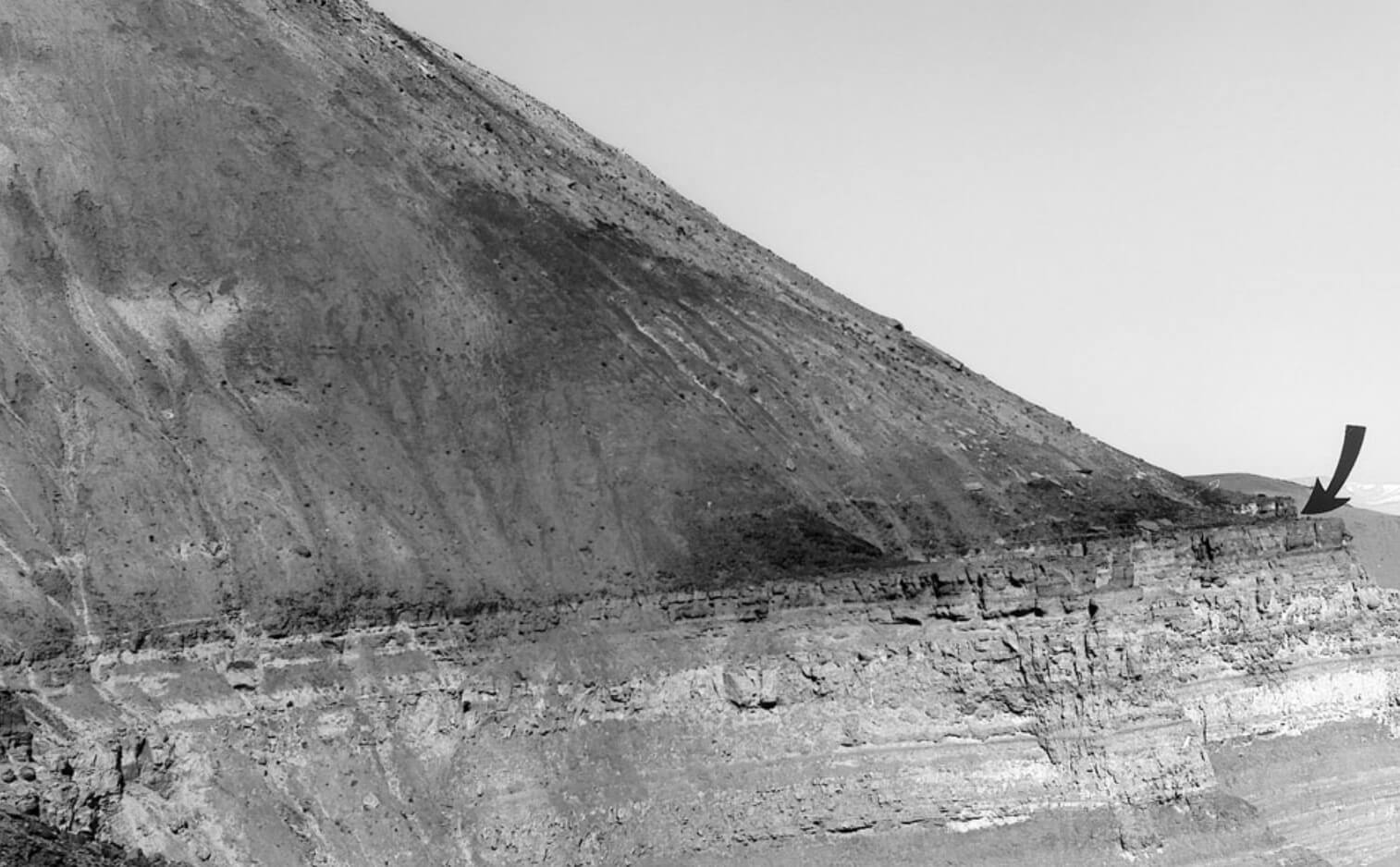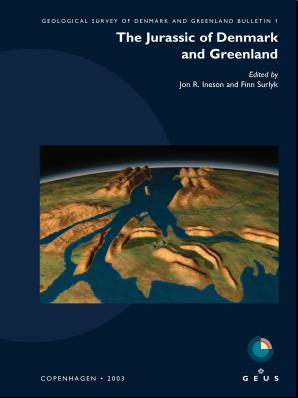
How to Cite
Share
Abstract
The grey–black mudstones of the Sortehat Formation form part of the Middle Jurassic fill of the Jameson Land Basin in East Greenland. The formation is exposed in the southernmost part of the north–south-trending, Mesozoic rift system in East Greenland that was part of the epeiric seaway between East Greenland and Norway. Sedimentological observations of the Sortehat Formation indicate deposition in an offshore marine setting that was typically low energy and periodically oxygen-deficient but was influenced by storm currents on occasion. Detailed palynological studies of the Sortehat Formation have resulted in the definition of three palynological assemblage zones recognised at four localities, namely Enhjørningen Dal and Pelion (north Jameson Land), the type section at Sortehat (central Jameson Land) and Albuen at Neill Klinter along Hurry Inlet (south-east Jameson Land). In stratigraphic order, these zones are termed the Botryococcus Assemblage Zone, the Nannoceratopsis gracilis – Nannoceratopsis senex Assemblage Zone, and the Sentusidinium pelionense Assemblage Zone. They are recognised on the basis of the identification of approximately 110 species of palynomorphs, including 45 species of spores, 30 of pollen, 22 of dinoflagellate cysts, 10 acritarch species, two species of algae, and some fungal spores. An Aalenian – ?Early Bajocian age is suggested for the Sortehat Formation on the basis of the palynoflora. Interpretation of the palynomorph assemblages suggests that the formation accumulated in a shallow, brackish marine environment. A significant terrestrial input, including the freshwater green alga Botryococcus, is recorded in the lower part of the formation and interpreted as an allochthonous accumulation in an offshore marine environment related to transgression of a low-lying coastal plain. A marked shift in the palynomorph assemblage seen by diversification of marine microplankton above the base of the formation, indicates an increase in the marine signal probably related to the onset of highstand conditions following the marine transgression.
How to Cite
Share
Downloads
Editors: Jon R. Ineson and Finn Surlyk
The Jurassic rocks of Denmark and East Greenland record the evolution of two discrete portions of the Mesozoic rift complex, now separated by the North Atlantic Ocean. The Jurassic of Denmark and adjacent areas occurs mostly in the subsurface and research has thus focussed [...]










